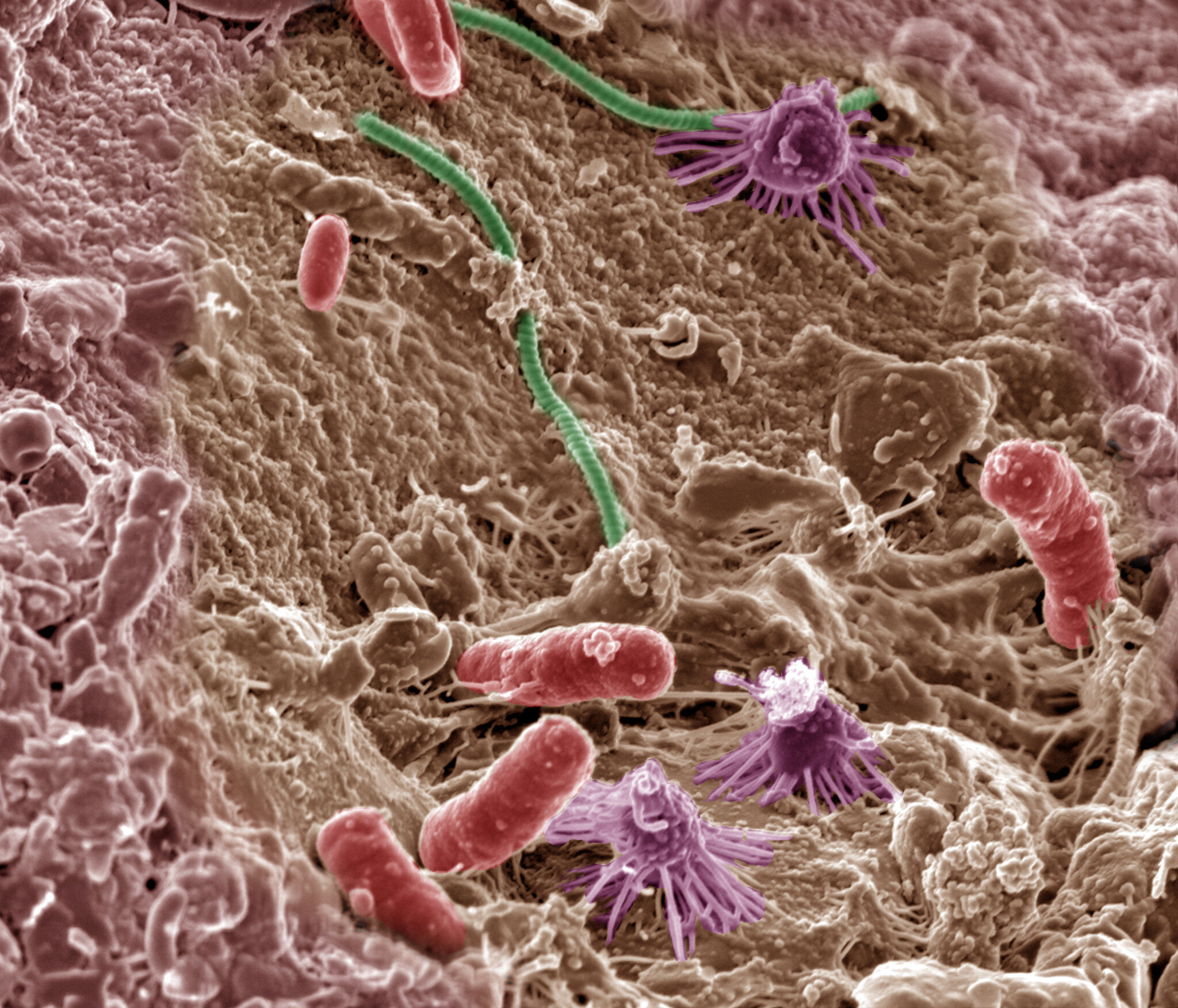A certain type of bacteria, combined with one of the most short-chain fatty acids in the human body, seems to lead to dominance in social animals like mice.
It’s one of a long line of bizarre discoveries revealed through research into the long hypothesized but recently confirmed “gut-brain axis” of human physiology, where the chemical dialogue between the brain and the bacteria which live in the GI tract determines many different health outcomes.
In a varied series of experiments, researchers at the University of Technology in Heifei, China, used antibiotics to create a dysbiosis of bacteria in the guts of mice before observing how their physical contests ended. Mice play wrestle as well as any pair of puppy dogs, and their outcomes are a result of one mouse’s position in the dominance hierarchy of his social group, or because of sheer strength and size.
The first step in their discovery was that after mice with induced dysbiosis of the microbiome were paired with a peer of equal age, weight, and athletic ability, but who had a normal microbiome, the deprived mouse lost almost all the fights, across all the pairs, almost all the time; 13 defeats and 2 draws for every pair to be exact.
As the popular psychologist Jordan Peterson has widely disseminated, rats will let a smaller rat win 3 of every 10 wrestling matches, and if it doesn’t the small rat will stop playing. With this in mind, some of the plus or minus irregularity, as well as the 2 draws, could be based on other social behaviors.
After discovering that some rats performed more dominantly than others, they reintroduced a healthy microbiota through fecal transplant into the mice that had lost. The fecal transplant restored chances of winning to comparable levels with mice who never received antibiotics.
To try and parse out from the thousands of bacteria species that were the ones responsible for this massive dominance deficit, the three best-performing mice wrestlers had their microbiomes screened against their wrestling partners.
The team found that microbial compositions were largely the same, and that dysbiosis still led to 2,202 in 2,689 bacteria species being present in both mice. However, distinct bacterial communities were found in the three most dominant mice, notably the presence of a butyrate-producing bacteria species called Clostridium butryricum.
Butyrate, or butyric acid is a short-chain fatty acid metabolized for energy in the cells lining the colon. Without butyrate, the cells die. Measuring the levels of butyric acid in the feces of the mice, sure enough, the scientists found those who had received antibiotics had less, while supplementing butyric acid restored a mouse’s normal capability in physical contests with other mice.
It had no such effect on the control mice, suggesting that it doesn’t contribute to dominance per se in social animals, but rather attenuates the submissive behavior in dysbiotic mice. Clostridium butryricum is actually a common taxon found in probiotics.
Other species richly found in the guts of the dominant mice included Akkermansia, Muribaculum, and Bifidobacterium. WaL
We Humbly Ask For Your Support—Follow the link here to see all the ways, monetary and non-monetary.
PICTURED ABOVE: Soil microbes. PC: Pacific Northwest National Laboratory. CC 2.0.



